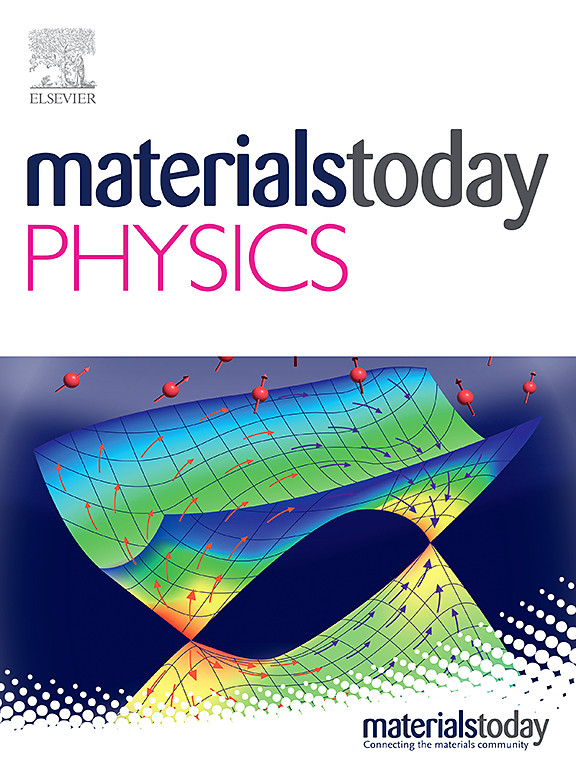基于应变隔离基底的高拉伸性微裂缝触觉传感器系统
IF 10
2区 材料科学
Q1 MATERIALS SCIENCE, MULTIDISCIPLINARY
引用次数: 0
摘要
将非柔性元件集成到柔性基底上被公认为是实现可拉伸电子器件的最实用方法。然而,如何确保刚性电极元件与这些柔性基底之间的持久连接是一个棘手的难题。在我们的研究范围内,我们提出了一种解决方案,即在 PDMS 衬底上设置应变隔离隔板,可产生约 30 倍的杨氏模量差。这些隔板能有效保护刚性元件和电极之间的稳定连接,即使在不同的应变刺激下,也能保持稳定的连接,甚至能承受超过 120% 的应变。利用这种基板,我们构建了一种基于微裂缝型传感器的视觉形变传感系统。与传统的柔性基底(2% 应变)相比,基于应变隔离基底的系统具有更好的拉伸稳定性(10% 应变)。这一突破性创新赋予了可拉伸微裂纹应变传感系统以强大的应变能力,使其能够应对日常应用中潜在的严峻考验。本文章由计算机程序翻译,如有差异,请以英文原文为准。
A high stretchability micro-crack tactile sensor system based on strain-isolation substrate
The integration of inflexible constituents onto pliable substrates is widely acknowledged as the most pragmatic approach for the realization of stretchable electronics. Nevertheless, the assurance of enduring connectivity between rigid electrode components and these compliant substrates poses a formidable quandary. In the scope of our investigation, we proffer a resolution by conceptualizing a PDMS substrate replete with strain isolation partitions, which can generate Young's modulus difference of approximately 30 times. These partitions efficaciously safeguard the steadfast linkage between rigid components and electrodes, even under diverse strain provocations, a stable connection can be maintained even when able to withstand strain exceeding 120 %. Using this substrate, we constructed a visual deformation sensing system based on microcrack type sensors. Compared with traditional flexible substrates (2 % strain), systems based on strain isolation substrates have better tensile stability (10 % strain). This groundbreaking innovation bestows stretchable micro-crack strain-sensing systems the resilience to contend with the potentially formidable rigors of everyday application.
求助全文
通过发布文献求助,成功后即可免费获取论文全文。
去求助
来源期刊

Materials Today Physics
Materials Science-General Materials Science
CiteScore
14.00
自引率
7.80%
发文量
284
审稿时长
15 days
期刊介绍:
Materials Today Physics is a multi-disciplinary journal focused on the physics of materials, encompassing both the physical properties and materials synthesis. Operating at the interface of physics and materials science, this journal covers one of the largest and most dynamic fields within physical science. The forefront research in materials physics is driving advancements in new materials, uncovering new physics, and fostering novel applications at an unprecedented pace.
 求助内容:
求助内容: 应助结果提醒方式:
应助结果提醒方式:


